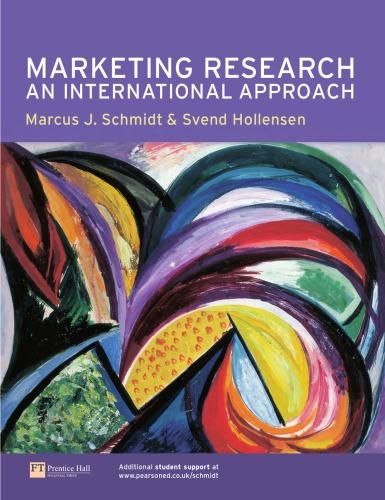1. The table below once more displays the small numerical example data set used for regression analysis...
Question:
1. The table below once more displays the small numerical example data set used for regression analysis (Table 9.14). In the same table we have twice been recoding values of the dependent variable Y1. In column IIa, values of Y1/II have been recoded so that 3, 4, and 5 are transformed to 1 while 1 and 2 are transformed to 0. In IIb, 4 and 5 from II are recoded as 1, while 1, 2 and 3 are recoded as 0. Columns IIa and IIb are coded so that they can serve as dependent or class variable in a two-group discriminant analysis. As before, X2 (Revenue) and X3 (Years of domestic operation) are treated as predictor variables. But Y1-liberal is now a dependent measure with two levels or categories 0 unwilling and 1 willing to export (the same with Y1-conservative). The only difference between Y1-liberal and Y1-conservative is that the latter measure has a higher threshold level, 3 versus 2, with regard to when willingness on a five-point scale transforms to willingness on a 0/1 scale. Now, run a discriminant analysis using SPSS. Use the same options as shown in Section 10.1. Use data from column IIa and IIb respectively, as dependent measures. Compare the two outputs with regard to (i) predictor variable importance and (ii) classification properties. Which run is most successful?
Assume that the sample was big and representative: which of the two recoding principles would you recommend and why? Would your recommendations always be the same, regardless of other exogenous variables?
Step by Step Answer:

Marketing Research:An International Approach
ISBN: 9798554161223
1st Edition
Authors: Marcus Schmidt; Svend Hollensen






